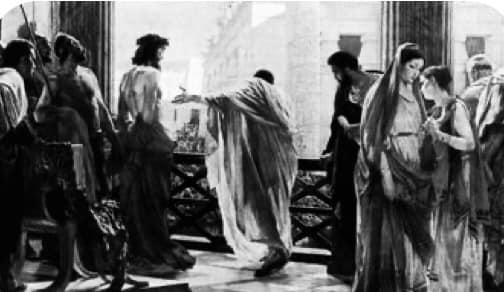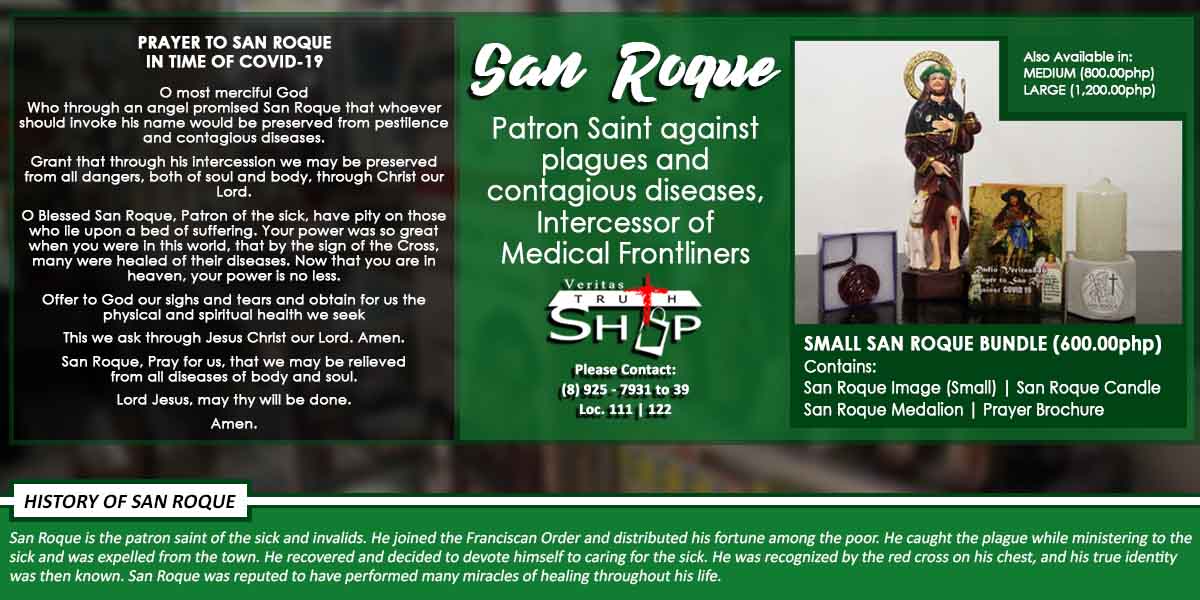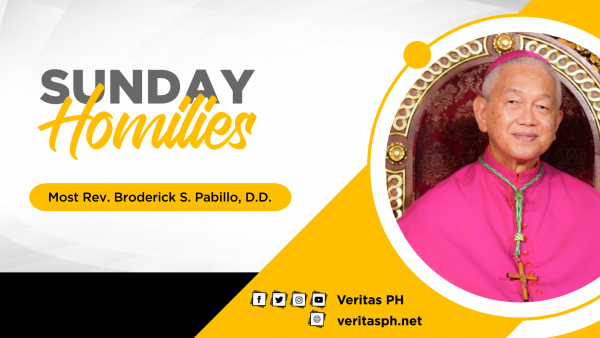366 total views

With Palm Sunday the Holy Week begins, ending with Easter Sunday. Called Palm Sunday because of the entry of Jesus to Jerusalem where he was greeted by the crowd waving palm branches, (cf s1S#24, 03/28/21). It is also called Passion Sunday when the whole passion narrative is read serving as an overture to the whole week’s celebration.
The passion story of Jesus is the oldest part of the Christian tradition to be preserved. From the earliest tradition reported by Paul where there were no details about Jesus’ suffering and death (1 Cor 15:3b-8), a short narrative of Jesus’ passion developed- he was arrested, tried, and crucified when the first generation of Christians began to die. The verb ‘paschō’ (πάσχω) generally means ‘to endure suffering both physical and psychological torment’. Specifically, it refers to the suffering borne by Christ, (cf Mk 8:31, 9:12; Mt 16:21, 17:12; Lk 8:22, 17:25, 22:15; Acts 1:3, 17:3; Heb 2:18, 5:8; 1 Pt 2:21). By the time the evangelist began to compose their works, two major developments of the longer story of Jesus’ passion had evolved: first is characterized by fulfillment theme, namely that of Mark and Matthew; second, featured more dialogue and words of Jesus found in Luke and John (who omits the institution of the Eucharist but devoted four chapters containing more of his teachings).
Focusing on Matthew’s version (cf s1S#80 for Luke’s), what stands out is his focus on scriptural fulfillment- that everything that happens is in fulfillment of what was foretold in OT, (from his infancy to his resurrection). In his version, beginning from the arrest, and trial, to the execution of Jesus, Matthew emphasizes the fact that Jesus was not simply a victim brought to his death by factors beyond his control. Those responsible for his death, though not guiltless, are not seen as the principal agents. In other words, it was not a human plot that killed Jesus. Rather, one could see the strong imprint of the divine plan over the entire passion narrative and much that occurs has already been foretold in the Scriptures, situating Christ in his appropriate setting as part of the plan of God and, at the same time, shows a continuity between the two covenants.
Jesus, indeed, experienced all the ignominious events (betrayal, false accusations, torture, and the like) and died a shameful death, one reserved for the worst of criminals. But Matthew showed that Jesus is the master of his fate throughout. He knows that he is in the right, trusting that God will vindicate him.
In the only sentence Jesus speaks (in this gospel) while hanging on the cross “My God why have you forsaken me?” (Ps 22), this prayerful response to the taunts of all around him who claim that God has abandoned him sums up what a true believer, though in agony, should pray. That no matter how frightening and difficult our life is, let us join Jesus in his prayer, trusting that God has a plan for us, “for our welfare and not for evil”. Amen

















